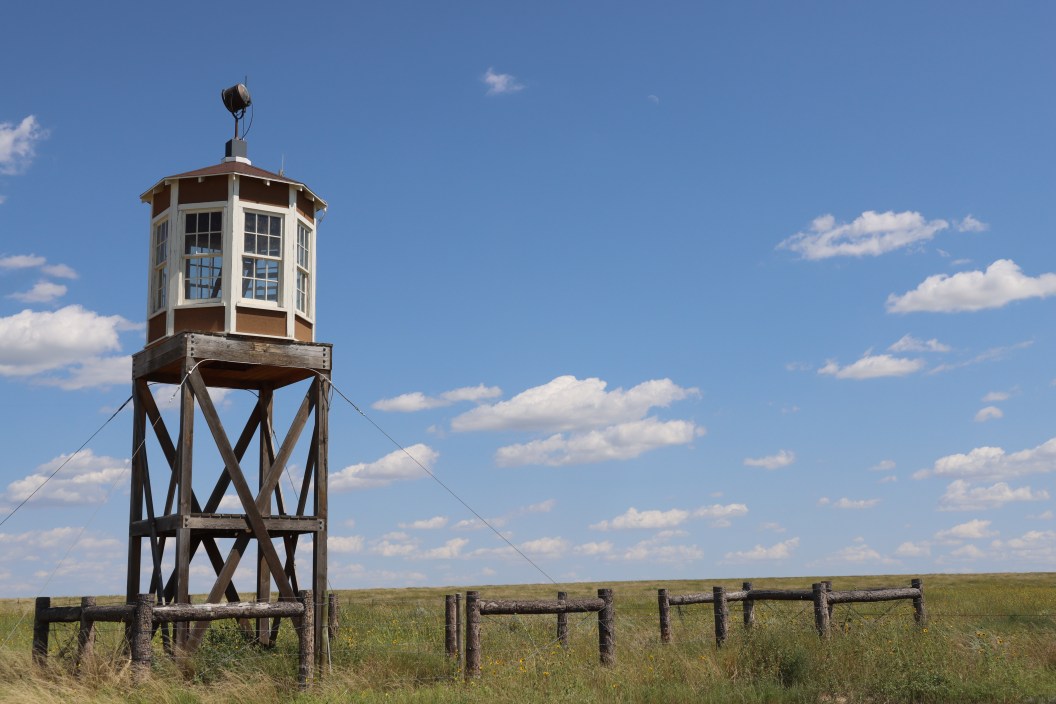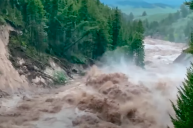Colorado's new national park comes with a dark past.
The spot, formerly Amache National Historic Site, was an incarceration camp for Japanese-Americans during World War II. Amache was officially established as a National Historic Site on February 15, 2024 by Secretary of the Interior Deb Haaland, but was made a part of the National Park system in March of 2022 through the Amache National Historic Site Act, according to the National Park Service. The site will now be permanently preserved for future generations, sharing the history of what happened to Japanese-Americans during World War II.
"As a nation, we must face the wrongs of our past in order to build a more just and equitable future. The Interior Department has the tremendous honor of stewarding America's public lands and natural and cultural resources to tell a complete and honest story of our nation's history," said Secretary Haaland, who visited the Amache site in February 2022, in a press release. "Today's establishment of the Amache National Historic Site will help preserve and honor this important and painful chapter in our nation's story for future generations."
Amache was originally known as the Granada Relocation Center. Under Executive Order 9066, Japanese Americans were taken from their homes along the West Coast and forcibly relocated to the center, which was one of ten sites across the country run by the War Relocation Authority.
The camp was open from 1942 to 1945, with more than 10,000 people passing through during the three year span. In 1943, the Amache had 7,310 incarcerees living within its walls. Two-thirds of the facilities occupants were United States citizens.
"Amache's addition to the National Park System is a reminder that a complete account of the nation's history must include our dark chapters of injustice," National Park Service Director Chuck Sams said in a press release. "To heal and grow as a nation we need to reflect on past mistakes, make amends, and strive to form a more perfect union."
While parts of center were torn apart in the late 1940s, some areas were preserved by those who lived through their incarcerations , their children, the Amache Preservation Society, and the Town of Granada, along with other institutions and individuals wanting to preserve the history of the site.
Visitors to the site will be able to see the cemetery, concrete building foundations, roads, a site monument, and multiple restored buildings including a recreation hall, barrack, guard tower, and water tank.
READ MORE: New Google Maps Updates Will Make Exploring National Parks Way Easier This Summer




